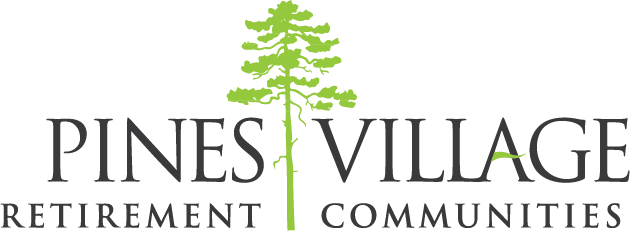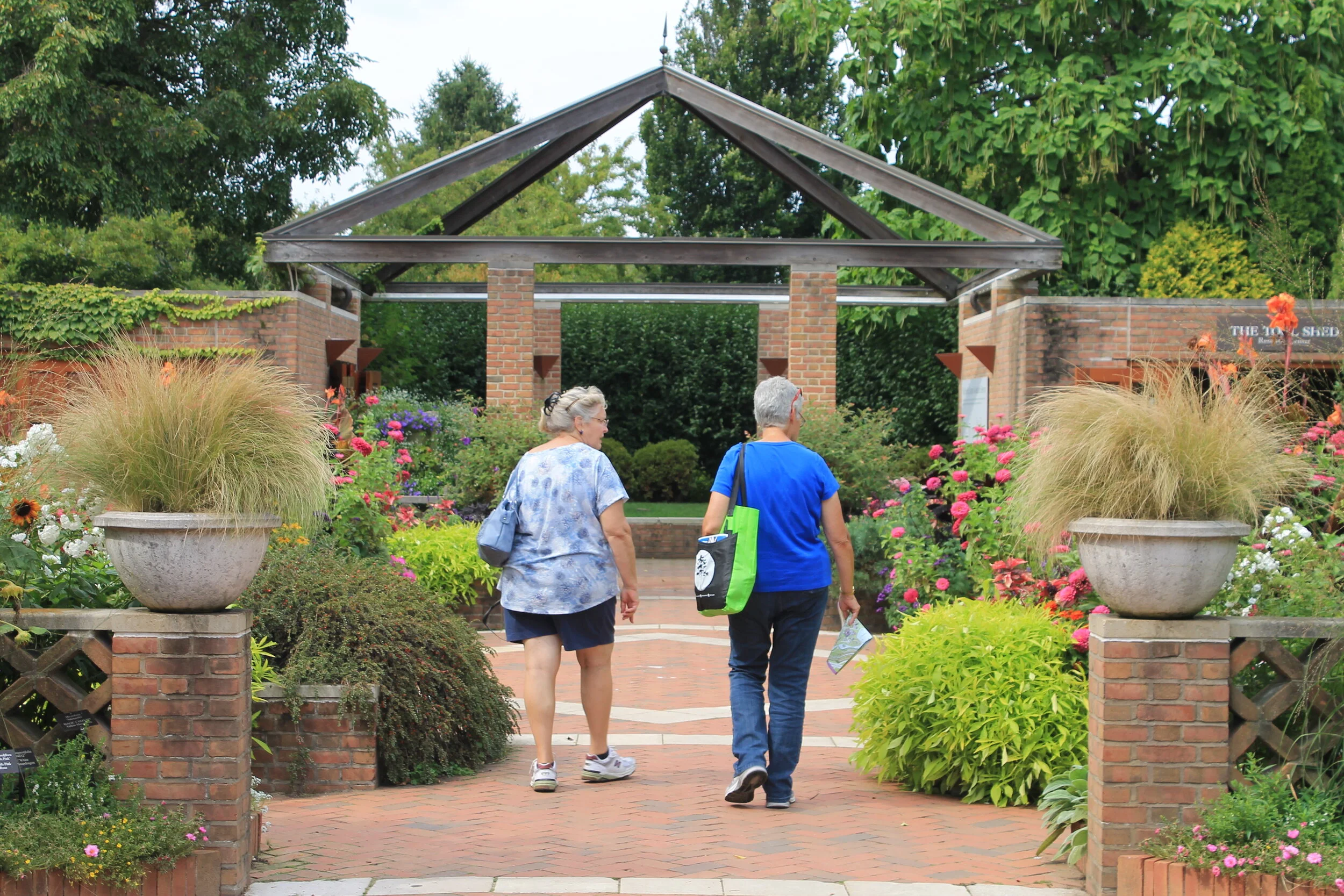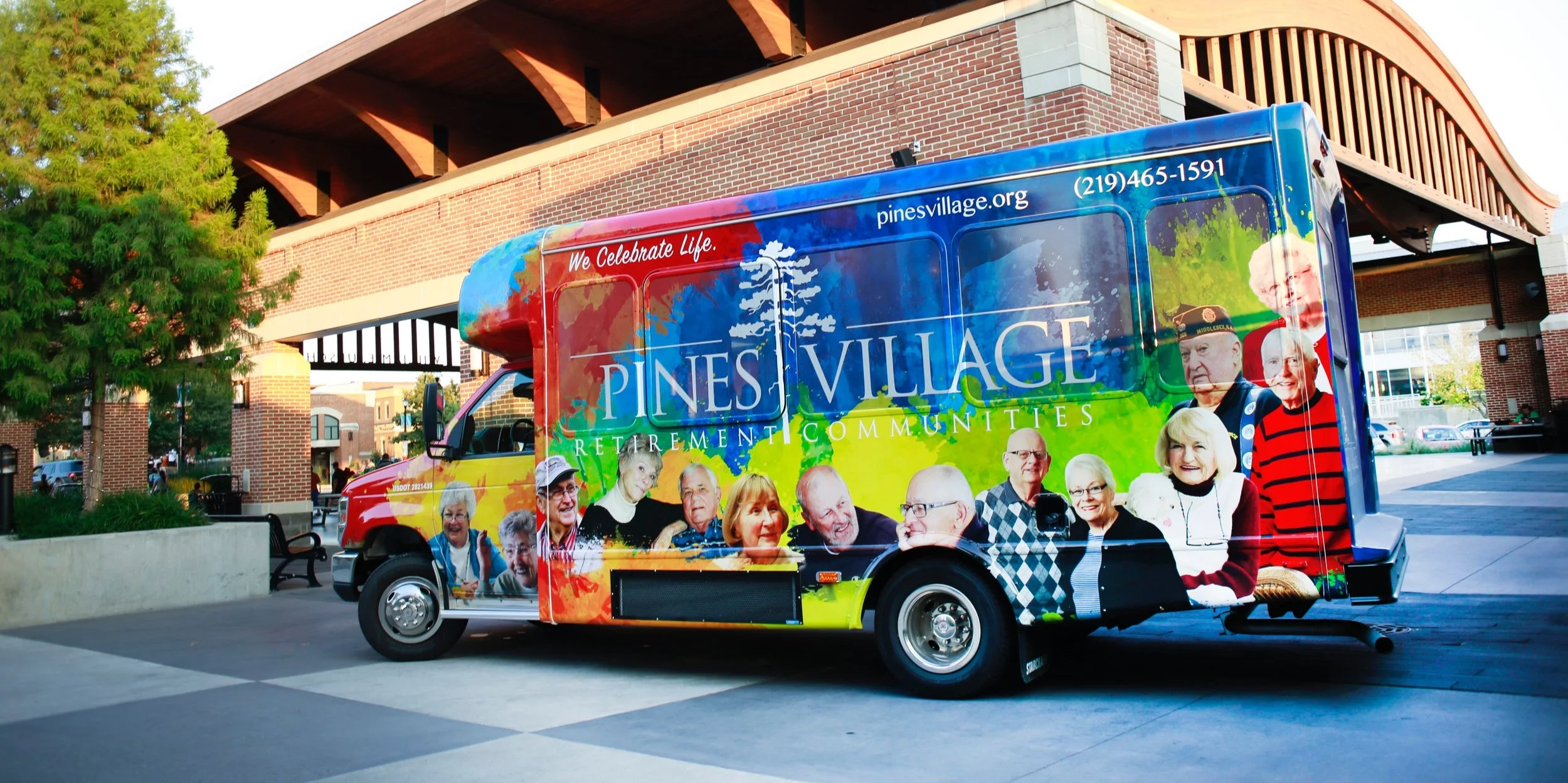Throughout our lives, we collect things that we need as we start a family, raise kids, make home improvements, and enjoy hobbies. These items are all meaningful to us in one way or another, but they continue to take up space in our homes even after they are done being used. As we get older, there may come a point in time when we decide it’s time to downsize and move into a smaller space for convenience. That means figuring out what to do with all our extra stuff.
There are many decisions, considerations, and plans that go into downsizing, often making it a difficult undertaking. However, this in-depth guide will cover everything you need to know about downsizing for seniors and include helpful tips to get you started on the right foot. Here are the most important steps for downsizing.
Figure Out Where You Are Moving
The first step after you’ve decided it’s time to downsize is to figure out where you are moving to next. There are a few main options, including moving into a smaller house, moving into a townhome or apartment, moving in with a relative, or moving into a senior living community. Determining where you will be living next is essential to knowing just how much room you will have and the number of belongings that you can bring with you. This will give you a clear picture of what you can keep while downsizing.
Deciding to move can be a difficult process, so it’s important to focus on the benefits of downsizing during your move to encourage you. Here are a few advantages to keep in mind:
Maintenance-free living
Fewer responsibilities - including cooking, cleaning, and transportation
Live among your peers and indulge in your interests
Take more vacations and day trips
Make a Plan
The next step is to make a plan for your downsize. Like all moves, there are a lot of different variables and things to consider when you are downsizing. Making a plan will help you to stay on track, keep things in perspective, and ensure that your downsize goes as smoothly as possible. Think about when you will be moving and the work you will need to do to be ready by that time. Consider making a timeline with benchmarks to help keep you on track.
It also often helps to make a checklist for seniors when downsizing. This should include things like:
Start early - You may think you don’t have very many things to go through, but many forgotten items tend to pop up, and sorting almost always ends up taking longer than you first anticipate. Be sure to start your downsizing efforts early to guarantee that you are ready to move when the time comes.
Make a floor plan - Make a floor plan for the new space you will be moving to. This will help you to plan what belongings will fit and what you need to get rid of.
Gift early - When you come across something you already know you intend to give to a loved one, then gift the item early. This will be beneficial because it will help declutter your space, give you time to properly let go of the item so you are not giving everything away all at once, and give the item a new life with your loved one.
Focus on one room at a time - Part of your plan should include tackling one room at a time. This will help you to stay organized and not create a bigger mess while downsizing.
Keep, toss, or give away - This is a common sorting method used when moving and downsizing that involves putting items into one of three categories: keep, toss, or give away. You should try to promptly decide whether you want to keep something, throw it away, or give it away to a loved one or charity. It’s also important to avoid putting items in a “maybe” category that will require you to hold on to them and revisit your decision at a later time.
Don’t keep duplicates - If you have duplicates of an item, get rid of the extra ones so you don’t waste space on things you don’t need.
Label! - Set up a labeling system and label everything so you know what you have already gone through, what you’re keeping, and what you’re getting rid of. This will save you time and energy in the long run, and also give you peace of mind.
Focus on problem areas - When you begin to sort through your belongings, you should focus on problem areas first, especially if they are high-traffic areas or are restricting you from reaching other parts of your house.
Use technology - Consider going digital and using technology to help you downsize. If you have a lot of photographs, homemade camcorder videos, letters, or artwork, you can scan them or convert them so you are able to save them online or on a hard drive. This might be a task to ask kids or grandchildren to help with, chances are it will be easy for them, and make them feel good for being able to help you.
Make an “essentials” bag - It’s also a good idea to make an “essentials” bag containing everything you will need when the time comes to move so you don’t have to search through all of your packed belongings. This can include clothing, toiletries, medication, important documents, and other supplies you may need.
Sort Through Your Belongings
Now that you’ve made a plan and have your downsizing checklist, it’s time to actually begin sorting through your belongings. Refer back to your checklist to figure out where to get started, but remember to start small, focus on problem areas, and try to concentrate on working your way through one room at a time. Also, remember to give yourself plenty of time to go through all of your belongings so you don’t have to rush right before you move.
Give Away the Items You’re Not Keeping
Once you’ve started sorting through your belongings, start giving the items you’ve placed in the “give away” category away to your loved ones, friends, or charity. Letting go of these items while you are still working your way through your belongings will provide you with extra space and less work later on. It will also feel more personal to give them away one by one instead of all at once.
Prepare for the Move
The next step in the downsizing process is to prepare for your move. Depending on your situation and your plan, this might be the time when you put your house up for sale or have a family member help you with the process. It’s also the time to figure out the exact logistics of your move, like if you are hiring movers, getting a storage unit, etc.
After you’ve sorted through all of your belongings—throwing away what you don’t want and giving away things you no longer need—you should pack up the things you’ve decided to keep and will still need going forward. Make sure your boxes are labeled (on the outside, not the top) and organized so you know exactly what each one contains. This is also the time to say goodbye to your old home. It can be difficult to do, but you should focus on all of the good it brought into your life and the exciting next step waiting for you.
There are several different options if you are looking for help with your move. The two main choices are hiring a moving company or hiring a move management company. The difference between a moving company and a move management company is that a move management company includes a move manager who oversees nearly every aspect of your move. The move manager also acts as a middleman between you and the moving company, so you have less stress and responsibility during the moving process.
Whether you hire a moving company or a move management company, here are a few things to look out for when bringing in outside help:
Insured, Bonded, Licensed - It’s important to make sure the company you are hiring is legitimate. This means they should be insured, bonded, and licensed. The easiest way to do this is to check their USDOT (U.S. Department of Transit) number—which should be on the company’s website and also on their moving vehicles.
Temporary or Full-Time Employees - It’s also crucial to determine whether the company has full-time or temporary employees. A company with full-time moving employees guarantees that you will be working with professional movers who have years of experience. This will ensure that you are treated fairly, receive the level of service promised, and your moving process is easy and professional.
Insurance Coverage - You should also look into whether a company offers insurance coverage for your belongings during a move in case something happens. Companies that don’t offer insurance are usually not legitimate and you should avoid doing business with them.
Hidden Fees - It’s also important to look out for hidden fees when you are hiring someone to help you move. Many normal companies may try to make you pay extra for things you didn’t agree to. Finding a legitimate company with good reviews is the first step. However, you should also carefully check the services you are receiving and make sure the estimate you’re given is accurate.
One way to make sure you hire an honest, responsible mover is by looking into companies that specialize in helping older adults downsize. That way, you know you are hiring a company that you can trust and that will make your move as simple as possible.
Make the Transition to Your Next Step
Finally, it’s time to transition to the next step in your life. Downsizing and moving out of your home can be an emotional process, but it is also something that is liberating and allows you to do the things you want to without feeling tied down. You’ll also still have all of the things you decided to keep and cherish the most.
To make the transition as seamless as possible, you should have your apartment set up before moving in. Moving in before your apartment is set up can add unnecessary stress while adjusting to your new community. It’s best to plan where you want your belongings to go and recruit help from friends, family, or a reputable moving company. This step ensures that when you physically move in, your furniture is in place, your bed made, and your art and photos are hung– simply put, it feels more like home.
For example, if you’re moving to a senior living community, you’ll now be able to meet fellow residents and create new friendships. You’ll also receive all of the assistance you need with housekeeping, meals, entertainment, and other assistive services you may require.
It’s essential to realize an adjustment period for this significant transition, just like moving anywhere new. Expect it to take a few months before it truly feels like home. Having your apartment set up before move-in, signing up for activities, frequent visits from friends and family, meeting your neighbors, dining with others, and generally engaging within the community will help speed up the process. Soon you will have created a routine that works for you, and you’ll be able to enjoy all that senior living has to offer.
Downsizing can be a difficult process, but this guide will help you navigate it smoothly and transition into your next step. We hope that step brings you to Pines Village Retirement Communities!
Pines Village Retirement Communities, Inc. is a nonprofit senior living community in Valparaiso, Indiana, with two campuses: Pines Village and Meridian Woods. The Pines Village campus offers pet-friendly independent living apartments with the option to add assistive services à la carte or in packages. The Meridian Woods campus consists of maintenance-free paired homes and Campbell St. Cafe, which, in addition to being a restaurant open to the public, hosts events and acts as a meeting space for residents and local nonprofits.
At Pines Village, we celebrate life by enriching the lives of older adults. We pride ourselves on our culture, which is driven by a passion for serving the residents, visitors, and staff of Pines Village as well as the greater Valparaiso community. Explore our senior apartment availability, learn more about our assisted living options, or contact us with any questions today!






